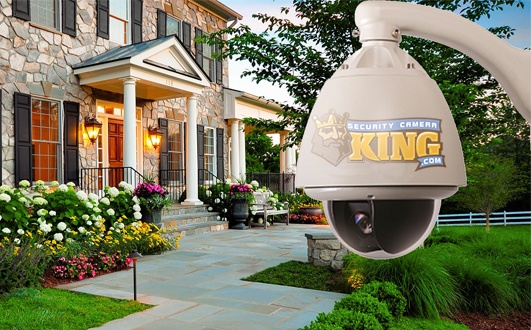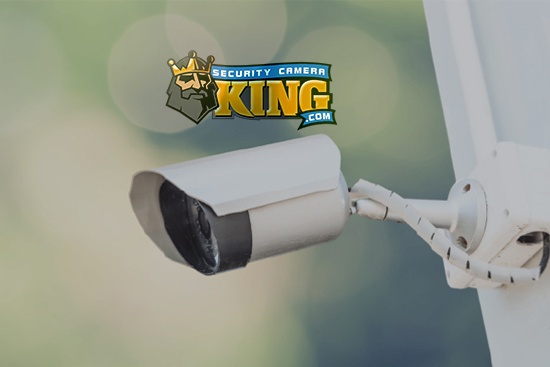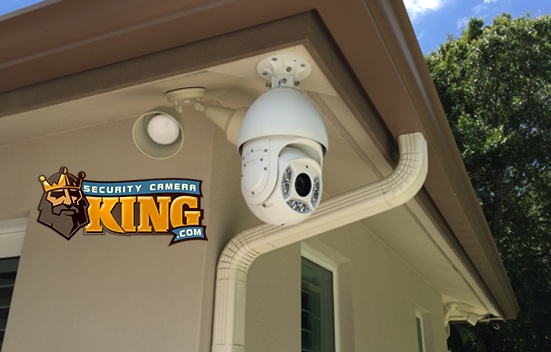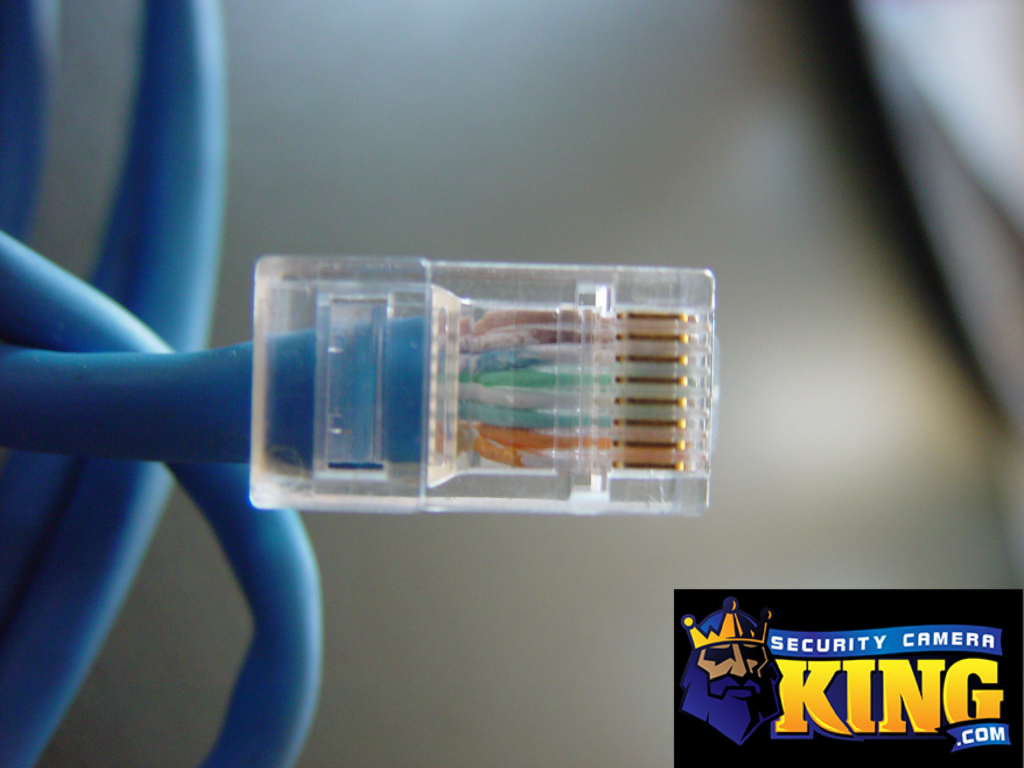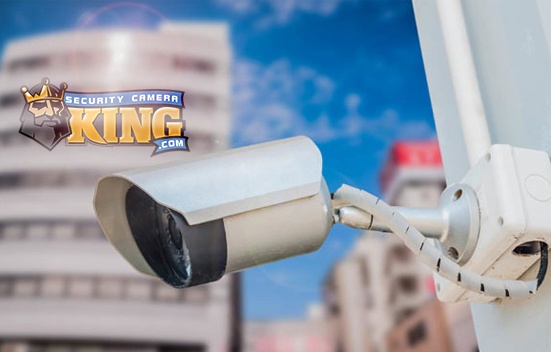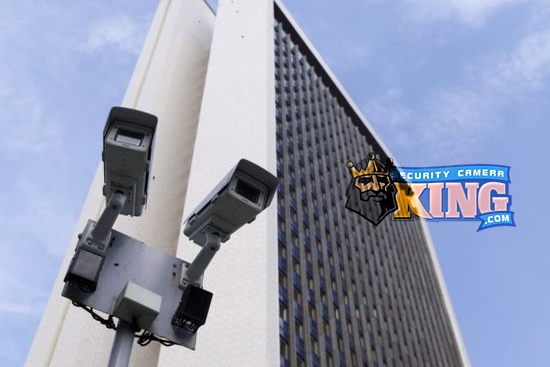 If you don’t want to install a coaxial video transmission cable from each camera to your Digital Video Recorder (DVR) or personal computer wireless home security internet cameras may be the perfect answer for you. Recent advances in computer and electronics technology have made these cameras easy to use and economically priced so that they are affordable for just about any budget.
If you don’t want to install a coaxial video transmission cable from each camera to your Digital Video Recorder (DVR) or personal computer wireless home security internet cameras may be the perfect answer for you. Recent advances in computer and electronics technology have made these cameras easy to use and economically priced so that they are affordable for just about any budget.
Before we talk about wireless home security internet cameras, let’s just briefly discuss a “wired” home security internet camera system so we can better understand the differences between the two. There are basically two different types of home security internet cameras with the major difference between the two being how the system accesses the internet.
One example of a “wired” home security internet camera system is comprised of digital video cameras that are connected to a DVR by RG-59 or similar coaxial cable. Each camera must have a cable run from it to the DVR unit. These cables carry the digital video image data that is captured by the camera and converted into a storable, viewable digital video file by the DVR. The DVR can store the video for later viewing or for archiving purposes. The DVR also contains internet server technology so that it can send the camera signals over the internet.
Normally, the DVR connects to the internet using a standard CAT 5 Ethernet connection (the same connection you would use to connect a personal computer to the internet). Since the DVR contains already contains the programming and server technology, once the cameras are connected to the DVR and the DVR is connected to the internet, the system is ready for use. These systems often use standard web browsers that can utilize JAVA programming to control the system. A typical internet browser that would work with such a system is the Windows Internet Explorer, however some systems do have their own proprietary software that needs to be installed on the controlling personal computer.
The second example of a “wired” home security internet camera system is created by using Internet Protocol or IP ready cameras. These cameras each contain their own internet server technology. Instead of being connected to a DVR via an RG-59 coaxial cable, they are connected to the internet, once again using a standard CAT-5 Ethernet cable. Each camera is connected to your broadband internet connection using an internet router if necessary. Once these cameras are connected to the internet, the system is ready for use. Once again, these cameras can be accessed with a standard internet browser or with the manufacturer’s proprietary software.
Wireless home security internet cameras work in a similar way, however they take advantage of wireless technology to transmit their signals instead of using the RG-59 coaxial cable. This makes them much easier to install and eliminates the work of running a cable from each camera to the DVR. There are basically two types of wireless home security internet cameras also.
The first example is similar to the first wired example. These wireless home security internet cameras connect to a DVR using wireless technology. The normally use the 2.4 or 5.8 GHz radio band technology to transmit their video image data to a corresponding wireless receiver which is connected by a cable to the DVR. This wireless technology is basically the same used for land-line residential wireless telephones.
The DVR is connected to the internet, normally by a Cat 5 Ethernet cable. The DVR contains the programming and server technology so that once the cameras are set up and the DVR is connected to the internet, the system is ready to use. As above, a standard web browser or the DVR manufacturer’s proprietary software is used to view and control the system.
The second example of wireless home security internet cameras is where the camera connects directly to the internet, but wirelessly. This system usually does not utilize a direct connection between the cameras and a DVR and often uses a personal computer’s hard disk drive as the storage medium for the digital video files.
Each camera contains its own internet server technology and instead of connecting to the DVR, it connects via a wireless connection to your broadband internet connection. These cameras normally connect to the internet through a wireless modem or router using WiFi or 802.11 wireless internet connection technology.
Whichever method you choose, wireless home security internet cameras eliminate the need for running a transmission cable making them a cinch to install and operate.


